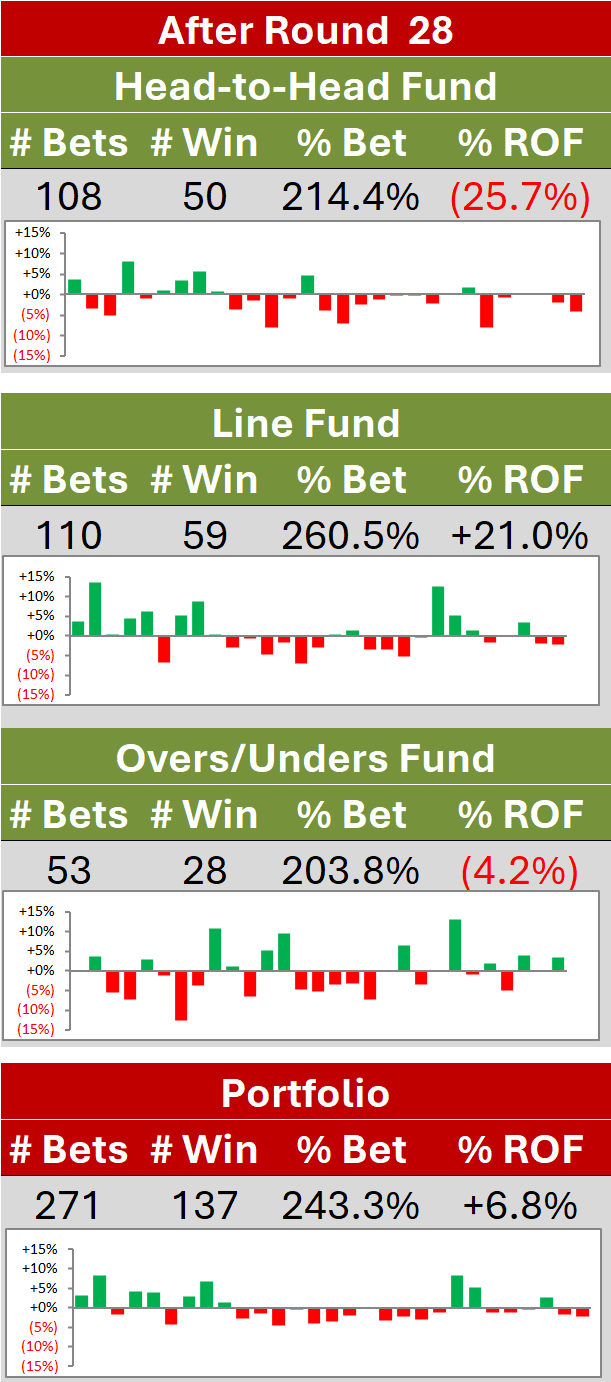Explaining More of the Variability in the Victory Margin of Finals
/This morning while out walking I got to wondering about two of the results from the latest post on the Wagers & Tips blog. First that teams from higher on the ladder have won 20 of the 22 Semi Finals between 2000 and 2010, and second that the TAB bookmaker has installed the winning team as favourite in only 64% of these contests. Putting those two facts together it's apparent that, in Semi Finals at least, the bookmaker's often favoured the team that finished lower on the ladder, and these teams have rarely won.
Read More
